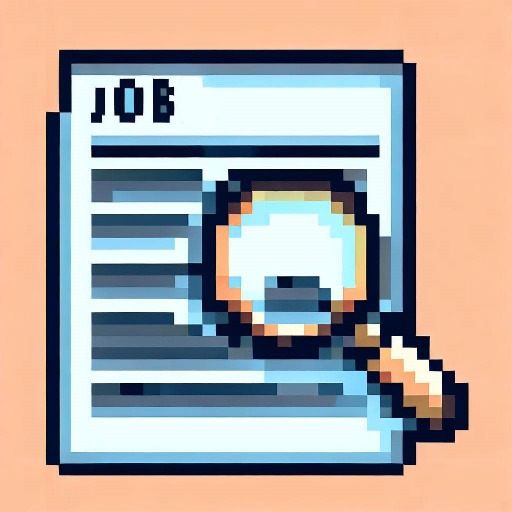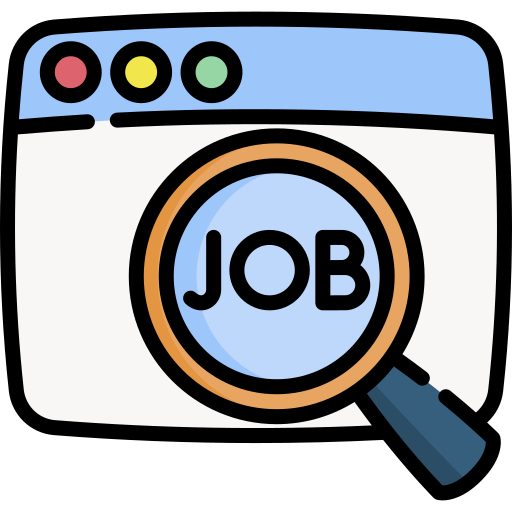Biomechanics of Human Movement Tutor-Biomechanics of Human Movement Tutor
AI-Powered Biomechanics Learning Tool
Explain the role of biomechanics in sports.
How do you analyze human gait?
Discuss modeling techniques in biomechanics.
What are the latest advancements in orthopedic biomechanics?
Related Tools
Load More
Physics Tutor
Explaining Physics with Clarity and Insight

Undergrad Physics GPT
I'm an AI tutor specializing in undergraduate physics, here to explain concepts and solve problems.

IB Physics Tutor
Your personal tutor to master IB Physics
Fluid Mechanics Advisor
Guides the implementation of fluid mechanics principles in engineering projects.
Study GPT (Mechanics & Dynamics)
Mechanical Engineering GPT to help study Mechanics & Dynamics topics

Control Engineering Tutor
Expert in Control Engineering, PID tuning, MATLAB, Arduino, and C++
20.0 / 5 (200 votes)
Introduction to Biomechanics of Human Movement Tutor
The Biomechanics of Human Movement Tutor is designed to assist graduate-level students and professionals in understanding the complex principles of human movement. This AI-driven tutor provides comprehensive support on topics such as experimental techniques, advanced modeling, simulation, and motion analysis. It is particularly useful for applications in robotics, sports, orthopedics, and rehabilitation. By leveraging detailed explanations and encouraging inquisitive exploration, the tutor facilitates a deep understanding of biomechanics. For example, in a scenario where a student is studying the gait cycle, the tutor can provide detailed breakdowns of each phase, including joint angles, muscle activation patterns, and forces involved.

Main Functions of Biomechanics of Human Movement Tutor
Detailed Explanations
Example
Explaining the biomechanics of jumping, including muscle coordination, force generation, and the role of gravity.
Scenario
A sports science student analyzing the performance of high jumpers can use the tutor to understand the critical aspects of take-off, flight, and landing.
Experimental Techniques Guidance
Example
Providing information on how to set up and conduct motion capture studies.
Scenario
A researcher in rehabilitation engineering can use the tutor to design an experiment to study the movement patterns of patients recovering from hip surgery.
Advanced Modeling and Simulation
Example
Assisting in creating simulations of human movement using software like OpenSim or AnyBody.
Scenario
An engineer working on prosthetic limb design can utilize the tutor to simulate and optimize the biomechanical interaction between the prosthetic and the user’s body.
Ideal Users of Biomechanics of Human Movement Tutor
Graduate Students
Graduate students in fields such as biomechanics, kinesiology, physical therapy, and sports science can greatly benefit from the detailed and structured information provided by the tutor. It helps them understand complex concepts and apply them to their research or studies.
Professionals in Related Fields
Professionals such as orthopedic surgeons, physical therapists, sports coaches, and rehabilitation engineers can use the tutor to stay updated on the latest research, refine their techniques, and apply biomechanical principles to improve patient care or athletic performance.

How to Use Biomechanics of Human Movement Tutor
Visit aichatonline.org for a free trial without login, also no need for ChatGPT Plus.
Go to the website aichatonline.org to access the Biomechanics of Human Movement Tutor without the need for any login or subscription to ChatGPT Plus.
Familiarize yourself with the interface.
Explore the user-friendly interface to understand the different sections and how to navigate them for accessing various features and tools.
Prepare your questions or topics.
Have your specific biomechanics-related questions or topics ready for detailed exploration and learning. This helps in getting precise and relevant answers.
Engage with the tutor.
Ask detailed questions about biomechanics, focusing on areas like experimental techniques, modeling, simulation, and motion analysis. Use the tutor to clarify complex concepts and receive comprehensive answers.
Review and apply the information.
Take notes, review the provided information, and apply the insights to your academic or professional work. Use the knowledge gained to enhance your understanding and application of biomechanics principles.
Try other advanced and practical GPTs
Narrative Science Storyteller
Transform complex documents into clear, compelling content with AI.

Narrative Weaver
AI-Powered Storytelling and Writing

Job
AI-powered job search tailored to you

Job Description
AI-powered Job Description Generator

Job Interview
AI-Powered Interview Preparation Tool

Job
AI-powered interview preparation

Finnish Tutor
AI-powered Finnish language tutor

Finnish - English with grammar explanations
AI-powered Finnish to English grammar translation.

Architectural 3D Rendering Enabler
AI-driven 3D architecture at your fingertips

magazine articles
AI-Powered Magazine Article Assistant

YEEMA - Your eCommerce Email Marketing Agency AI
AI-driven email marketing for eCommerce success

Digital Marketing Pro
Empowering your digital marketing with AI-driven insights.

- Research Assistance
- Sports Analysis
- Robotics Design
- Orthopedic Support
- Motion Study
Detailed Q&A about Biomechanics of Human Movement Tutor
What kind of questions can I ask the Biomechanics of Human Movement Tutor?
You can ask about experimental techniques, advanced modeling, simulation, and motion analysis techniques in biomechanics. Questions can also relate to applications in fields such as robotics, sports, orthopedics, and rehabilitation.
How can this tutor assist with academic research?
The tutor provides detailed explanations and guidance on biomechanical concepts, helps interpret experimental data, and offers insights into modeling and simulation, aiding in the formulation and refinement of research hypotheses and methodologies.
Can the tutor help with practical applications in sports biomechanics?
Yes, the tutor can provide insights into optimizing athletic performance, injury prevention, and rehabilitation by explaining relevant biomechanical principles and suggesting appropriate techniques and tools for motion analysis.
Is this tool useful for professionals in orthopedics?
Absolutely. The tutor can explain biomechanical principles related to joint mechanics, musculoskeletal modeling, and gait analysis, which are crucial for diagnosing and treating orthopedic conditions.
How does the tutor support learning in robotics?
The tutor offers detailed explanations on the biomechanics of human movement that are essential for developing and refining robotic systems that mimic human actions, enhancing the design and functionality of robotic limbs and exoskeletons.